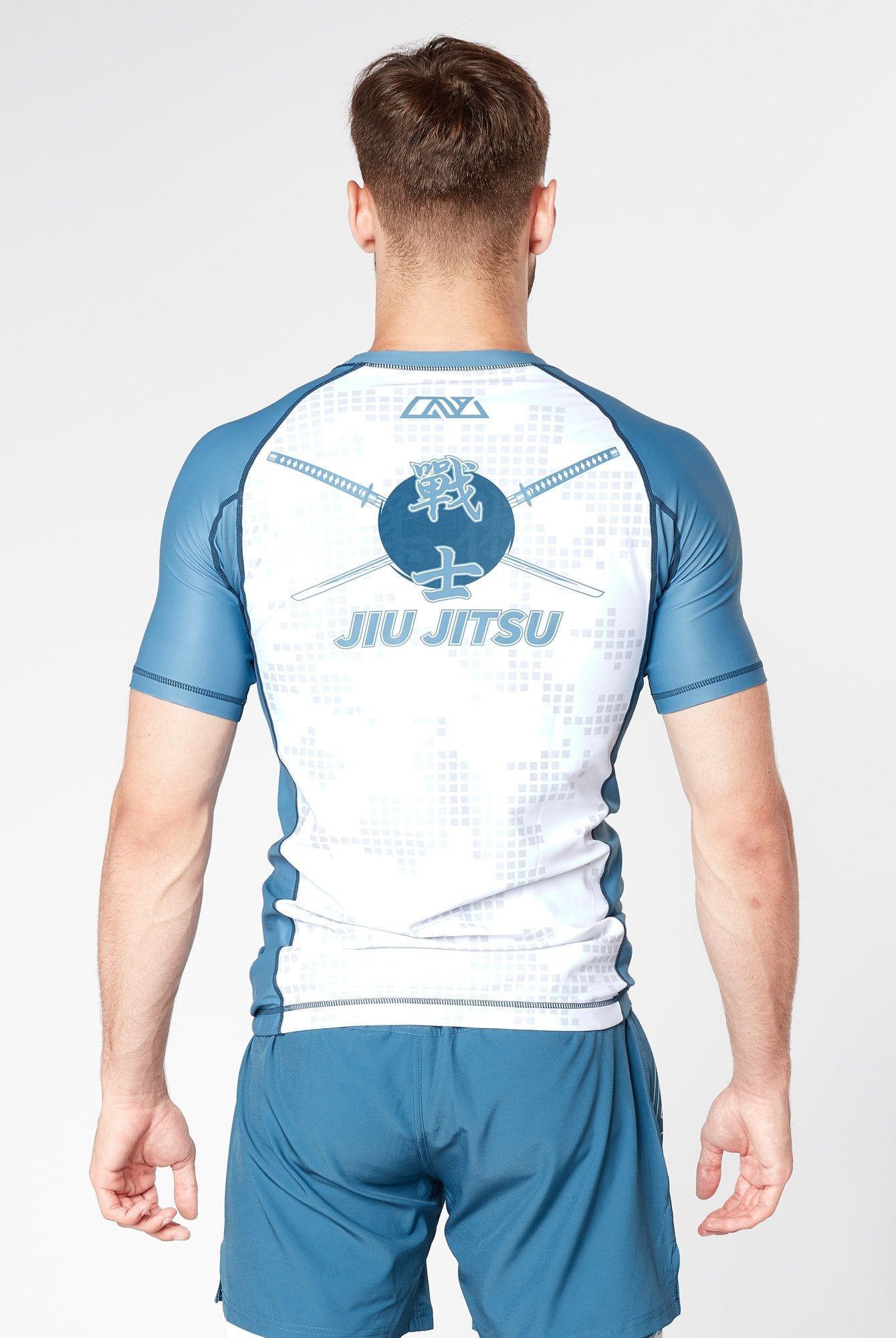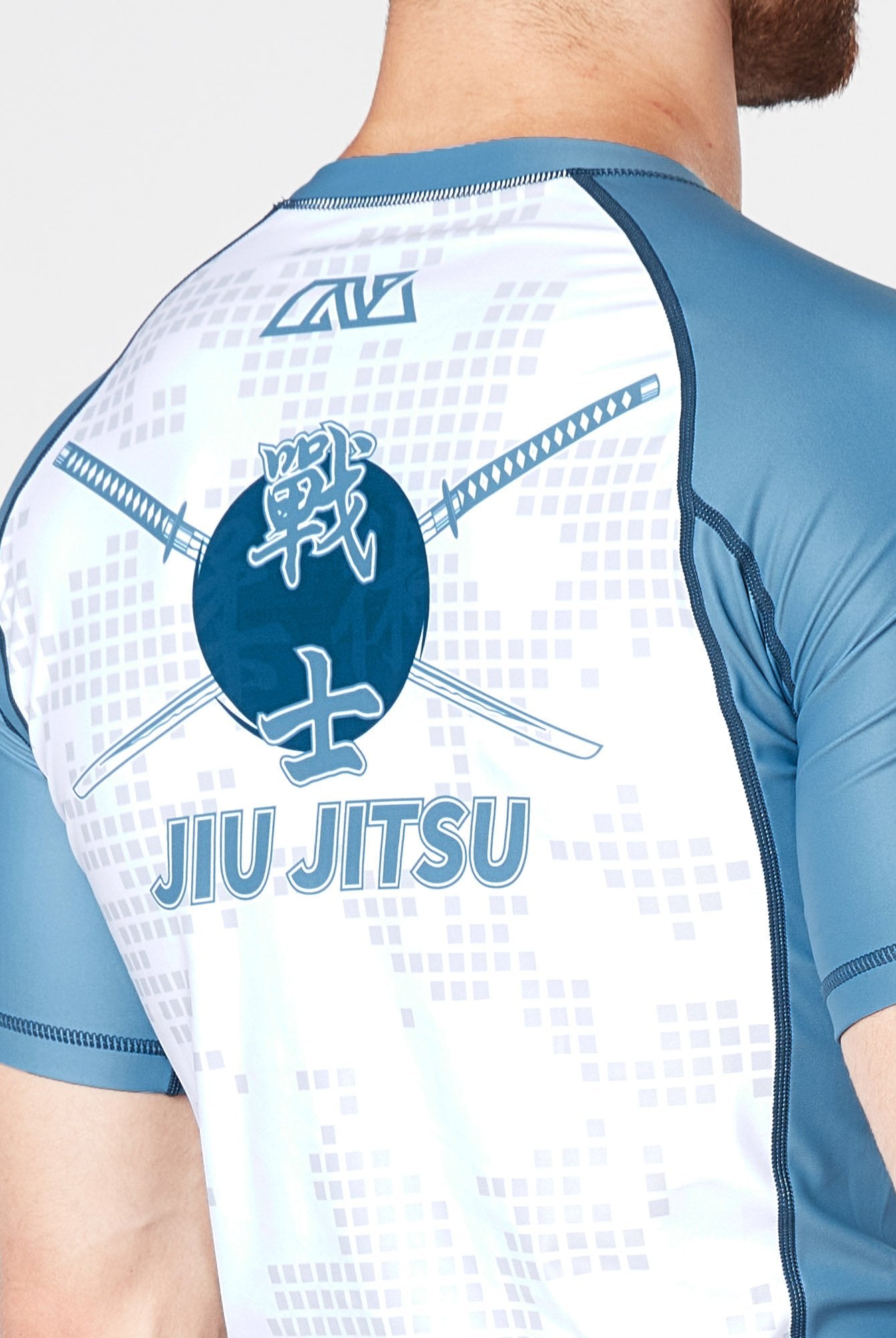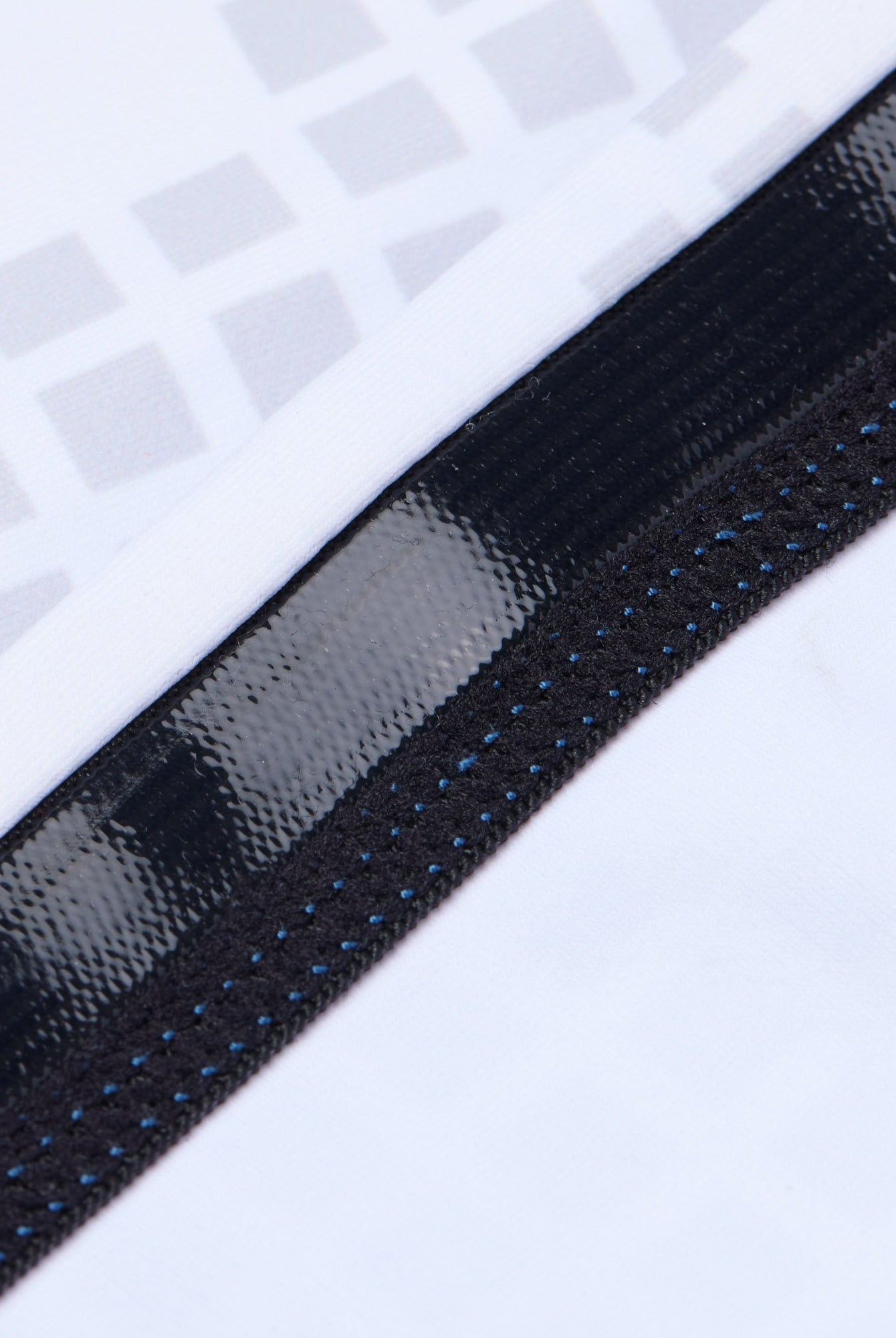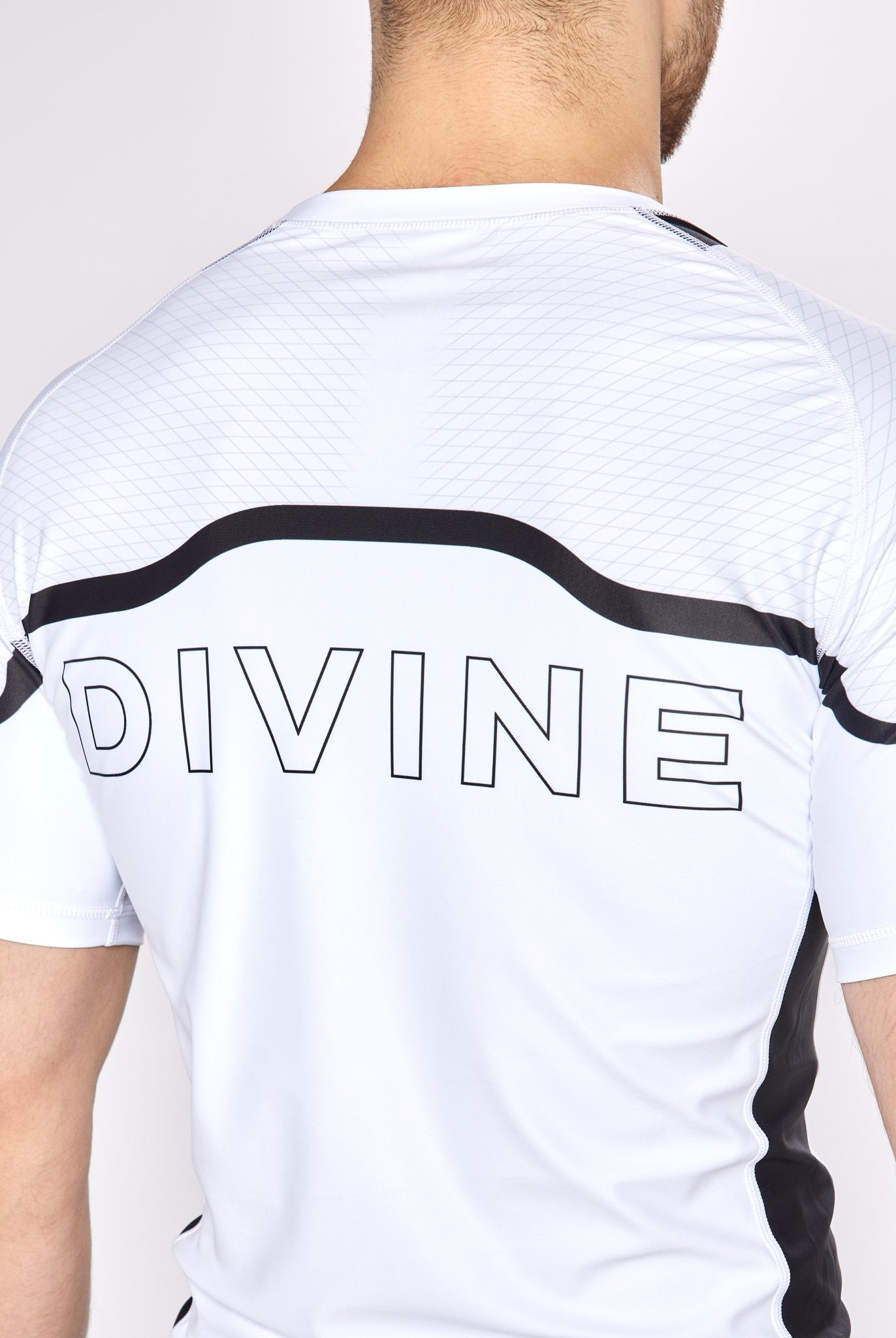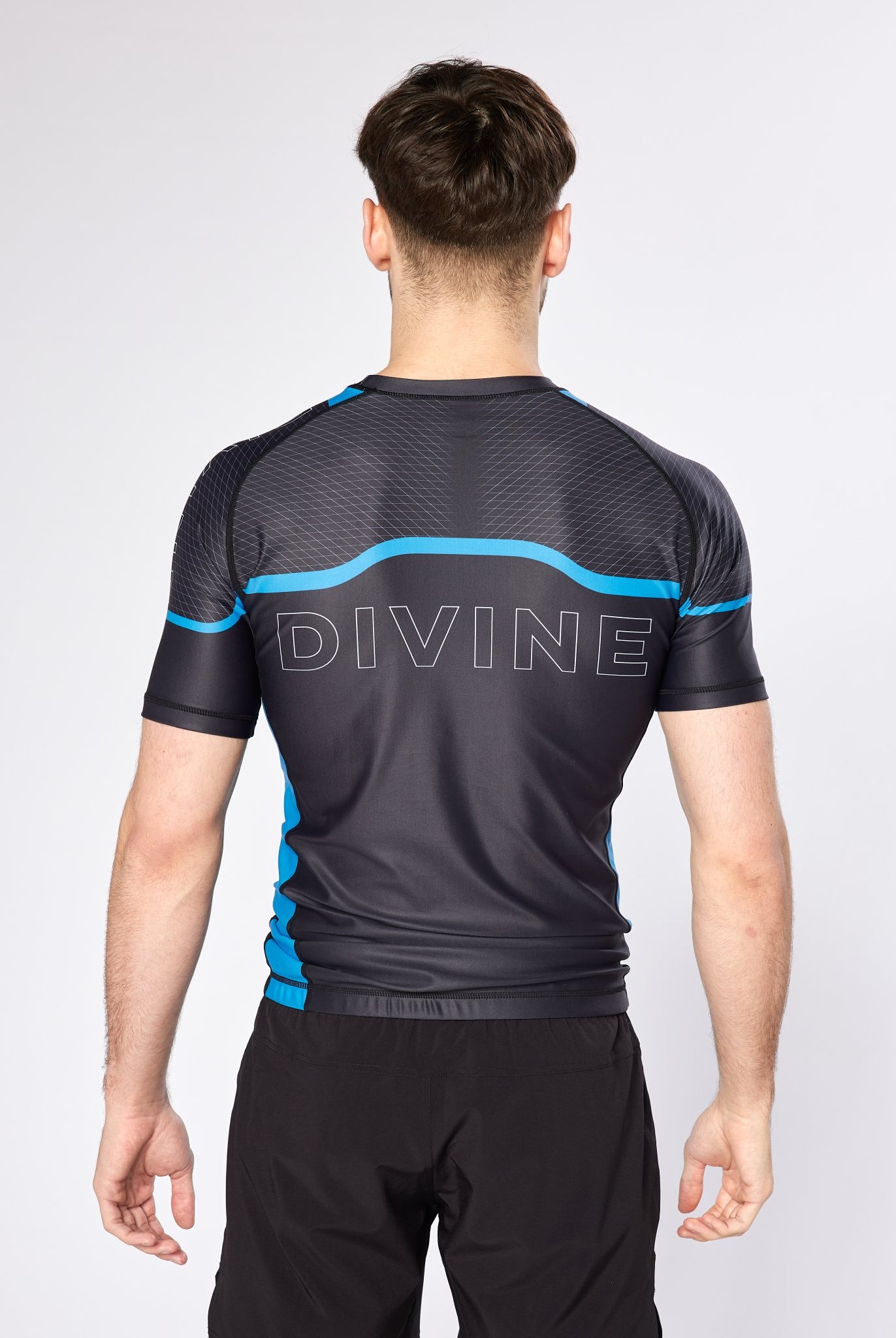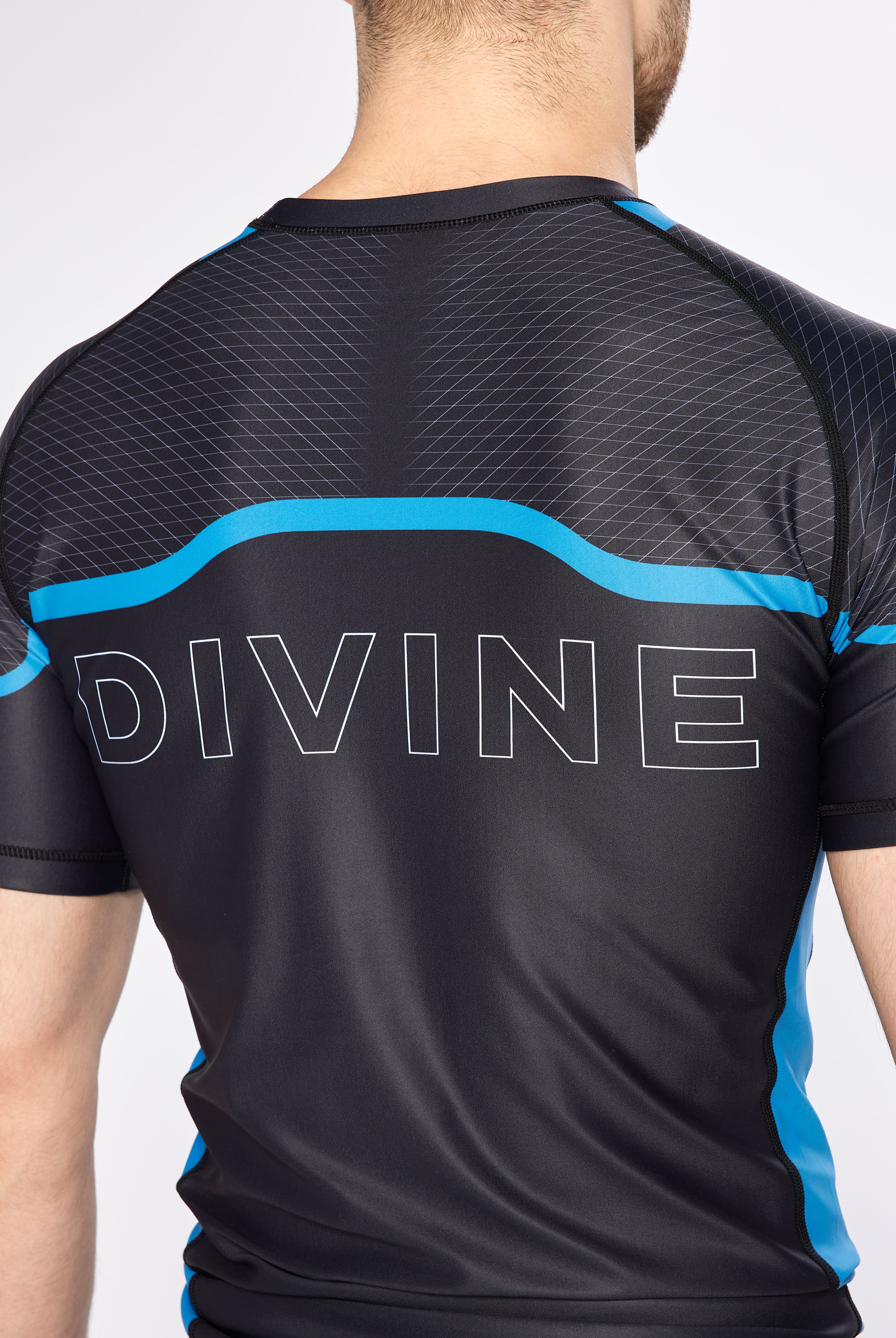Understanding the Journey and Requirements

Many martial arts enthusiasts often wonder about the journey to earning a black belt in Brazilian Jiu-Jitsu (BJJ). While it is a prestigious achievement, the timeline can vary significantly for each practitioner. Typically, it takes around 10 years of consistent training to earn a black belt in BJJ.
The path to a black belt is marked by dedication, discipline, and a deep commitment to mastering techniques. Practitioners must navigate various belts, each requiring both skill development and time spent on the mat. This journey is not just about technical ability; it also involves cultivating a strong understanding of the art’s principles and philosophies.
Those interested in BJJ should be prepared for a long, challenging, and rewarding experience. The timeline may differ based on individual commitment and the frequency of training, but the growth along the way provides valuable lessons that extend beyond the mat.
Foundations of BJJ Training
Brazilian Jiu-Jitsu (BJJ) training is structured around a progressive system that emphasizes skill development through techniques and practical application. Understanding the belt system and mastering essential techniques are critical for practitioners aiming for advancement.
Understanding the Belt System
The BJJ belt system consists of several ranks, typically starting with white, blue, purple, brown, and black. Each belt represents a milestone in an individual's training journey.
-
Time Requirements: Generally, practitioners take about 2-3 years to earn a blue belt and another 2-3 years for purple.
-
Skill Proficiency: Advancements are based on skill level, knowledge of techniques, and sparring ability, not just time spent training.
-
Instructors' Evaluation: Instructors assess students on a variety of criteria, including demonstrated techniques, sparring performance, and overall contribution to the gym environment.
Essential Techniques and Skills
Mastery of fundamental techniques is crucial in BJJ. Key skills include:
-
Positional Control: Understanding how to maintain dominant positions, such as mount and side control, is essential.
-
Submissions: Practitioners should learn basic submissions like the armbar and triangle choke.
-
Escapes and Defense: Developing effective escapes from inferior positions is necessary for survival in sparring and competition.
Each of these skills forms the basis for more advanced techniques and strategies. Emphasizing drilling and live sparring helps solidify these essential techniques in a practitioner's training regimen.
Journey to the Black Belt
The journey to a black belt in Brazilian Jiu-Jitsu encompasses several distinct stages, each requiring dedication, skill development, and personal growth. Understanding the expectations and challenges associated with each belt progression helps practitioners navigate their path effectively.
White to Blue Belt Progression
The first stage in BJJ is from white to blue belt. This phase typically takes about 1 to 2 years, depending on commitment and training frequency. Practitioners focus on mastering fundamental techniques such as guard passes, submissions, and escapes.
Students are encouraged to roll with various training partners, which enhances their adaptability. They also learn about concepts like positional control and pressure. Progression requires both skill acquisition and regular attendance, fostering a strong foundation for advanced techniques.
Blue to Purple Belt Development
Transitioning from blue to purple belt generally takes 1.5 to 3 years. This phase emphasizes deeper understanding of techniques and strategies. Practitioners begin refining their styles, focusing more on specific positions and submissions that suit their strengths.
Training sessions often include drilling advanced techniques and sparring to apply them. Blue belts are expected to start teaching lower belts occasionally. This mentorship role enhances their knowledge and solidifies their own skills, marking a significant growth phase.
Purple to Brown Belt Advancement
The purple to brown belt stage can last around 2 to 4 years. Practitioners hone their skills at a higher level and focus on developing a personal game. This includes working on advanced techniques, competition strategies, and positional mastery.
Mentoring remains a crucial aspect, as purple belts often guide newer students. Additionally, participants might compete more frequently, testing their abilities in various scenarios. This period reinforces both technical skills and mental resilience.
Brown to Black Belt Transition
The final transition from brown to black belt varies greatly among practitioners, often lasting 1 to 2 years. This stage is marked by a high level of technical proficiency and a deep understanding of BJJ philosophy. Brown belts refine their teaching ability and may begin to develop their own curriculum.
Competitions can play a pivotal role during this transition, providing opportunities to test skills against others. The emphasis shifts to strategic thinking and adaptability on the mat. This belt signifies nearing completion of a long, rigorous journey in Brazilian Jiu-Jitsu.
Influencing Factors on Progression
Several factors play a significant role in determining how quickly a practitioner can progress toward earning a black belt in Brazilian Jiu-Jitsu (BJJ). These factors include training frequency, dedication to physical and mental aspects, the quality of instruction received, and experiences in competition.
Frequency of Training
Training frequency is crucial in BJJ progression. Practitioners who train consistently, ideally 3 to 5 times a week, tend to progress faster than those who train less frequently. Regular practice reinforces techniques, improves muscle memory, and develops physical conditioning.
Additionally, a higher frequency allows for greater exposure to various training partners and styles, which enhances adaptability. Limited training can lead to skill stagnation.
Creating a structured training schedule can help maximize attendance. For example, setting specific days for rolling and technique work can build a solid routine that promotes steady improvement.
Physical and Mental Commitment
Physical and mental commitment significantly impacts progression in BJJ. Practitioners must dedicate themselves not only to regular training but also to maintaining overall fitness. This includes strength training, flexibility exercises, and cardiovascular conditioning.
Mental commitment is equally important. Practitioners should actively engage in learning, seeking to understand techniques and strategies. Staying focused during training sessions allows individuals to absorb information better and apply it effectively on the mat.
A strong mindset helps practitioners overcome challenges, such as plateaus and injuries. They need to approach BJJ with resilience and determination to progress toward their black belt.
Quality of Instruction
The quality of instruction is a key factor in a practitioner’s journey toward a black belt. Learning under skilled instructors with a solid understanding of both techniques and teaching methods leads to more effective skill acquisition.
Instructors should provide personalized feedback, ensuring students grasp the nuances of each technique. They should also foster a positive training environment that encourages questions and exploration.
Practitioners may benefit from cross-training with different instructors occasionally. This can expose them to diverse perspectives and techniques to enhance their skill sets, leading to more well-rounded development.
Competition Experience
Competition experience plays a vital role in BJJ progression. Competing helps practitioners test their skills under pressure, revealing areas of strength and weakness. Regular participation in competitions can accelerate learning and adaptation.
Experiencing various opponent styles and strategies builds confidence and resilience. It also fosters a competitive mindset that can enhance training intensity and focus.
Competitions provide tangible goals, motivating practitioners to train harder and more efficiently. This experience is often invaluable on the path to earning a black belt, as it deepens understanding and hones practical application of techniques.
Setting Expectations and Goals
Setting realistic expectations is crucial for anyone pursuing a black belt in Brazilian Jiu-Jitsu (BJJ). The journey can take several years, typically between 8 to 15 years.
Goals should be specific and measurable.
- Short-term goals: Focus on mastering basic techniques and increasing training frequency.
- Mid-term goals: Aim for skill progression, such as earning stripes on a current belt.
- Long-term goals: Work towards the next belt promotion, building knowledge and experience.
Progress may not always be linear. There will be periods of rapid improvement and times where advancement feels stagnant.
Keeping a training journal can help. Documenting lessons learned, techniques practiced, and feelings during training provides insight into progress.
Additionally, finding a mentor or a supportive community can enhance motivation. Engaging with peers often leads to increased accountability and encouragement.
Remember that each practitioner’s journey is unique. Individual circumstances, such as prior athletic experience, available training time, and personal goals, will impact the timeline.
Ultimately, dedication and consistent practice are vital. Balancing ambition with patience will cultivate a rewarding BJJ experience.



































